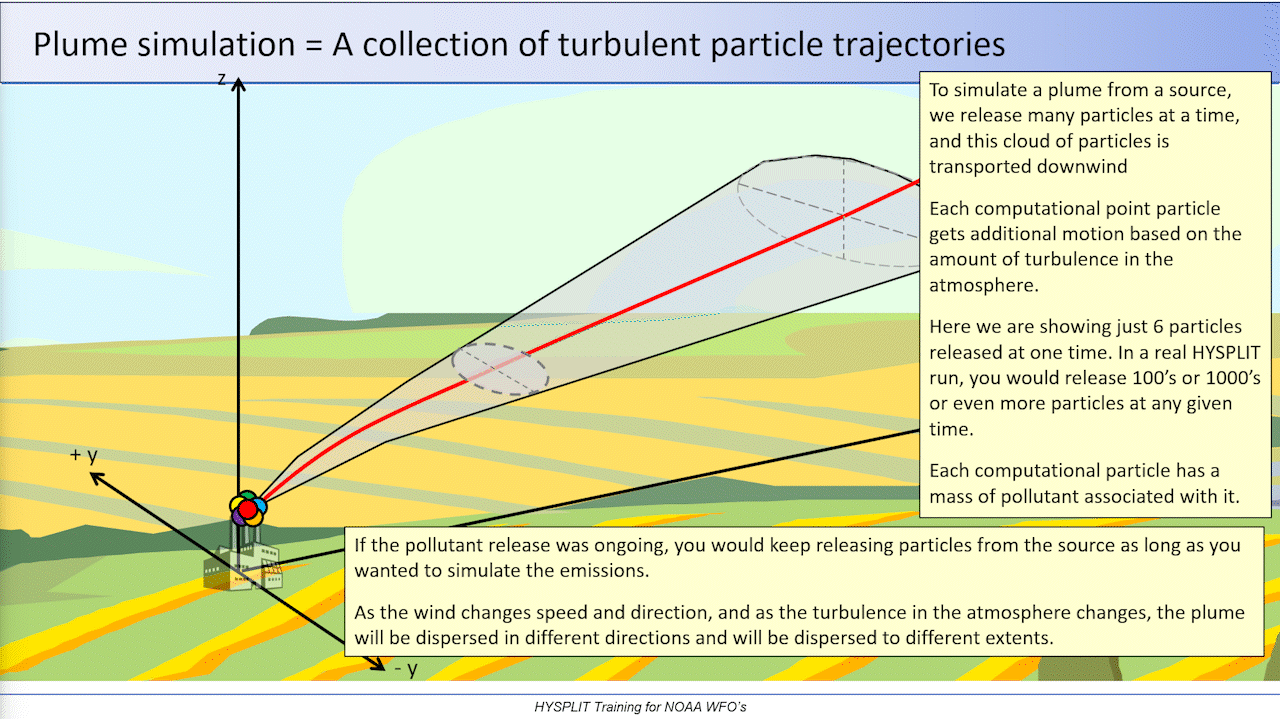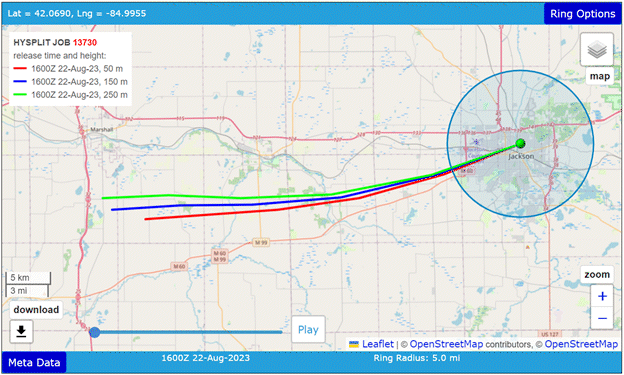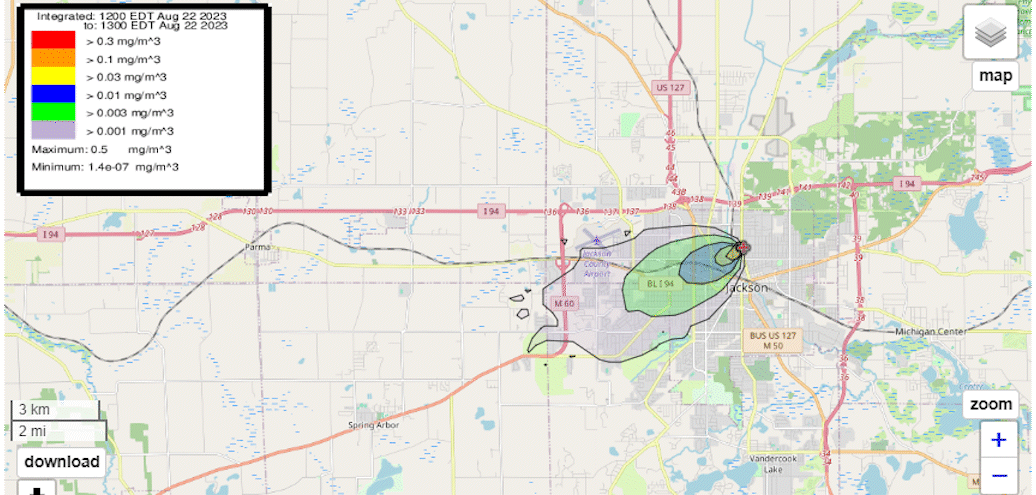June 20, 2024
The NOAA Air Resources Laboratory (ARL) partnered with the National Ocean Service Office of Response and Restoration (NOS OR&R) and the National Weather Service (NWS) to host a workshop based on the National Weather Service HYSPLIT tool for the NWS Weather Forecast Offices in the Central and Southern regions on Monday, June 17.
HYSPLIT is an atmospheric transport and dispersion model developed, updated, and maintained at ARL for about 75 years. It is used at NOAA and around the world for emergency response, planning, assessment and for estimating purposes. It directly supports NOAA’s strategic goal of providing science-based use-inspired decision support tools. The NWS Weather Forecast Offices use NWS-HYSPLIT to create simulations in response to a real event, in an exercise or to aid in planning. These are typically shared with emergency management officials. NWS-HYSPLIT has more features and capabilities than the publicly available version of HYSPLIT.




